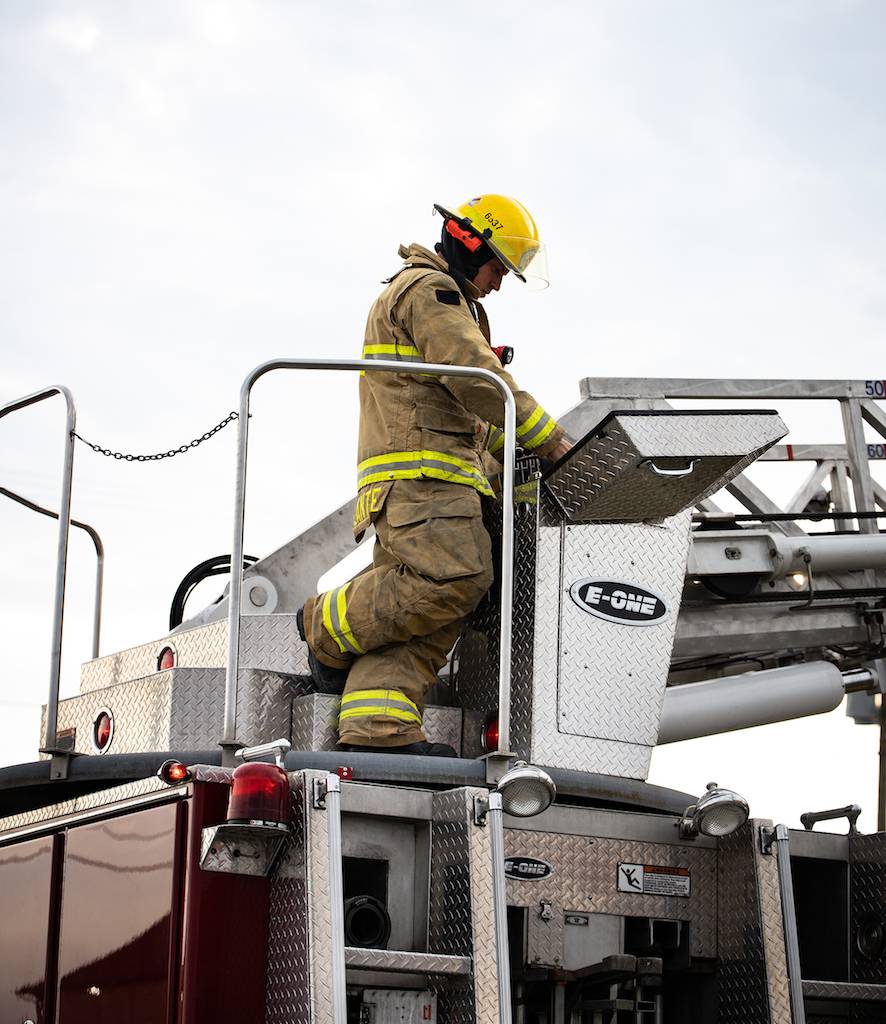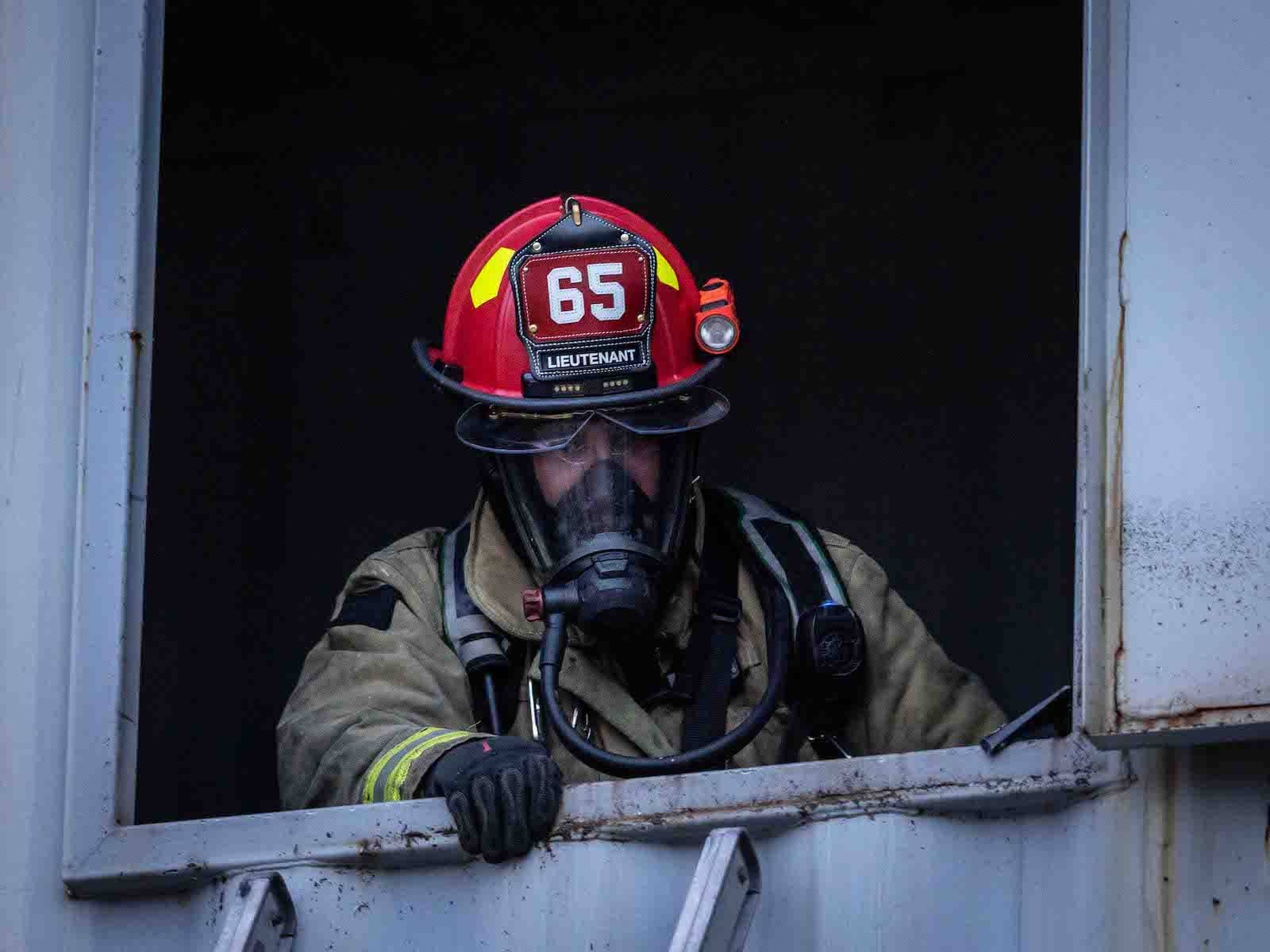Replacing Your Fire Helmet

The NFPA 1851 Standard on Selection, Care, and Maintenance of Protective Ensembles for Structural Firefighting and Proximity Firefighting states that the mandatory retirement age for helmets is 10 years from the date of manufacture. However, any helmet should be removed from service if it has sustained a substantial blow from falling objects. The same would be true if the wearer has fallen and his head and helmet impacted the ground. When in doubt, take it out of service.
Any crack is bad. Any crack in the dome portion of a helmet shell is serious, and the helmet must be removed from service. Do not attempt to repair any helmet shell that is cracked. You cannot repair a cracked shell. The integrity of the shell has been compromised and will not pass dielectric tests. That means if you bump into a live electrical wire with a cracked helmet shell, it is extremely likely that the electrical current can and will pass through the helmet shell and make direct contact with the person wearing the helmet.
Any helmet should be removed from service if it has sustained a substantial blow from falling objects. The same would be true if the wearer has fallen and his head and helmet impacted the ground. When in doubt, take it out of service.

If a thermoplastic helmet experiences blistering/bubbling due to high heat exposure, remove it from service. Remove any helmet that is exposed to direct flame. Carefully examine fiberglass helmets exposed to high heat for potential surface cracking/crazing due to the exposure. The fiberglass shell should remain rigid when you attempt to flex the material. Any cracking sounds and ease of flex are signs of weakened material.
Helmets are sometimes kept in service well past their useful life. All elements of the firefighter’s ensemble will and do “wear out”. Frequent inspection with trained/educated eyes is needed to determine if a helmet can remain in service. These inspections should increase in frequency and their level of scrutiny as helmets get older.




